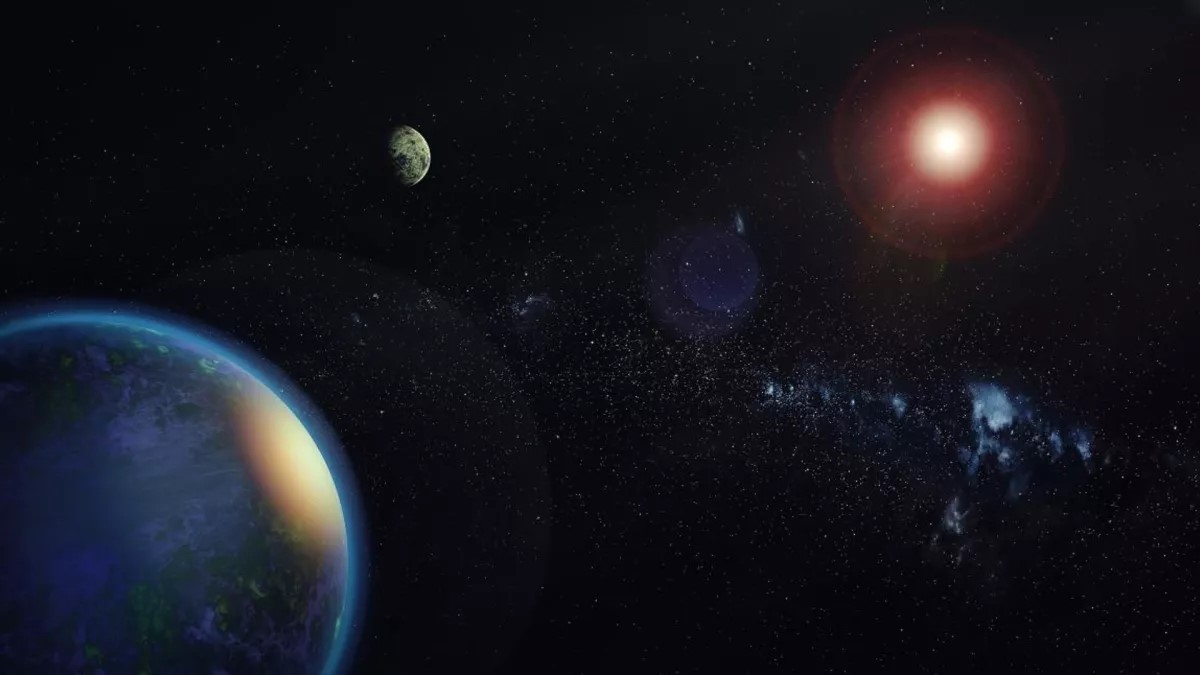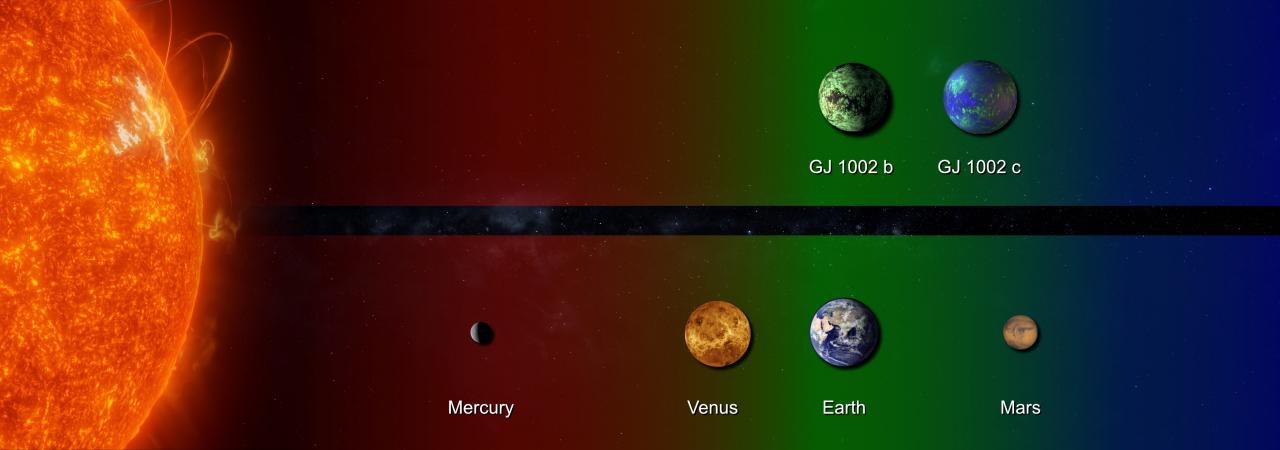Two Earth-like planets have been discovered by astronomers in the habitable zone of their planetary system less than sixteen light-years away from Earth. A solar system’s habitable zone is the small area around a star, where liquid water is capable of forming.
According to scientists, this zone, also referred to as the “Goldilocks zone,” where planets are neither too hot nor too cold, is pivotal for there to be any chance of life as we know it. This is also vital in our own solar system in whose habitable zone Earth and Mars sit.

The two extra-solar planets, or “exoplanets,” which have been determined to possess masses similar to that of Earth, orbit a tiny red dwarf—a small, old, relatively cool star— named GJ 1002. The star, with a habitable zone quite close to it, is just one-eighth the mass of our Sun.
The two planets are among the closest to Earth that possibly possess the right conditions for life. Alejandro Mascareño, the study author from the Instituto de Astrofisica de Canarias (IAC), said, “Nature seems bent on showing us that Earth-like planets are very common.”
“With these two we now know [of] seven [planets] in…systems quite near to the sun,” he added, in speaking about potentially life-sustaining planets near us.
Potential of water in habitable zone sparked research
The existence of these earth-like planets—identified within a habitable zone, where water, which is crucial to life, can potentially form—is, nonetheless, not a guarantee that they are also actually able to support lifeforms. For example, there currently seems to be no life on either Venus or Mars, both of which lie within our Sun’s habitable zone.
The fact that the two Earth-like planets do sit within this zone is what triggered the search for life there in the first place, however.
Because of the newly identified exoplanets’ close proximity to GJ1002, it takes the innermost planet, GJ 1002b, only around ten days to orbit the star. The outer planet, GJ 1002c, completes its orbit in twenty-one days.
Vera María Passegger a study co-author and IAC researcher, said in a statement, “GJ 1002 is a red dwarf star, with barely one-eighth the mass of the sun.”
“It is quite a cool, faint star,” Passegger added. “This means that its habitability zone is very close to the star.”

Earth-like planets discovered by two ESO instruments
Two instruments aided in the discovery of the exoplanets GJ 1002b and GJ 1002c. The first of these instruments, referred to as ESPRESSO, is a spectrograph at the European Southern Observatory (ESO). It is used for stable spectroscopic observations and is located at the Very Large Telescope in Northern Chile.
The second instrument is CARMENES, utilized in high-resolution searches for M dwarfs with possible exoearths, meaning any earth-like planets. CARMENES is situated at the Calar Alto Observatory in southern Spain’s Andalucía.
The planets’ parent star, GJ1002, was observed during two separate periods. CARMENES studied GJ 1002 between 2017 and 2019, and ESPRESSO collected data from the red dwarf between 2019 and 2021.
CARMENES’ sensitivity over a wide range of near-infrared wavelengths makes it well-suited to detecting variations in velocities of stars which could point to possible orbiting planets.
Ignasi Ribas from the Institute of Space Sciences (ICE-CSIC) said, “Because of its low temperature the visible light from GJ 1002 is too faint to measure its variations in velocity with the majority of spectrographs.”
However, ESPRESSO’s light-gathering power allowed astronomers to make observations of the system that would have otherwise been impossible with other Earth-based telescopes. It was the combination of the two powerful instruments that delivered results.
Mascareño said, “Either of the two [instruments] would have had many difficulties if they had tackled this work independently.”
“Jointly we have been able to get much further than we would have done acting independently,” concluded Mascareño.
In the future, upon completion of construction, astronomers hope to use the ANDES spectrograph of the Extremely Large Telescope in the atmosphere of GJ 1002c.
It is believed that the proximity of both planets to Earth could be excellent targets for astronomers aiming to study the atmospheres of Earth-like planets outside the solar system.





